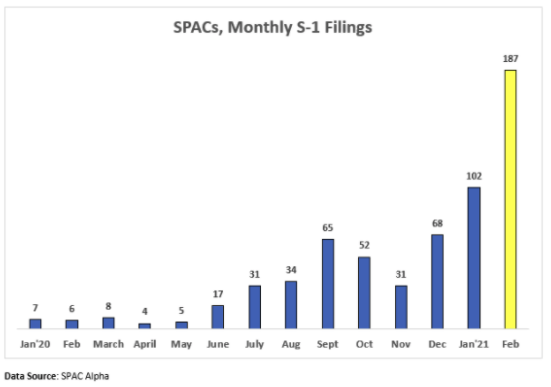Cosi Group, a Berlin-based startup offering an alternative to boutique hotels and managed short-stay apartments, is disclosing €20 million in new investment.
Backing the round is Vienna-based Soravia, a leading real estate group in German-speaking countries. Existing investors Cherry Ventures, e.ventures, Kreos Capital and Bremke followed on, along with a number of individual investors. They are described as including the founders of Flixbus, Travelperk, Comtravo and Cosi’s own founders.
Cosi says it will use the fresh capital to accelerate international expansion in Europe, implement a new brand and launch a “new strategic business unit” soon.
Originally described as a tech-enabled or “full-stack” hospitality service that competes with well-run boutique hotels or traditional local managed apartments, the company signs long-term leases with property owners, and then furnishes those apartments itself to “control” the interior design experience. It claims to have digitised, and where possible, automated its processes in order to scale and maintain quality of service throughout the guest journey, from initial contact to loyalty.
Christian Gaiser, CEO of Cosi, tells me the startup has not only been able to mitigate the pandemic — which has seen major restrictions in travel, including countries going into full lockdown — but actually thrive. That’s because Cosi was able to tap “new demand channels” that aren’t reliant on holiday travel or short business trips.
Described as “midstay” (guests that stay for one month or longer), examples include people who arrive in a city and need a home for one or two months until they find a longer-term apartment, citizens who need to get away from shared apartments (perhaps to be less at risk or to work from home), or families who are building or renovating a house that faces construction delays due to the pandemic.
“Thus, we were able to reach over 90% occupancy and managed to operate our locations on a cash-flow-positive scale,” adds the Cosi CEO. “Lesson learned for us: Even when almost all your demand channels dry out, you still can do a lot if you focus on what you can control. We simply activated new demand channels.”
In addition, he says the pandemic has accelerated a shift in demand preferences, seeing “big hotel bunkers” become less popular versus individual apartment style accommodations.
Meanwhile, Cosi has also seen a “massive boost in supply,” with lots of takeover opportunities in the hotel space, especially for underperforming hotel properties. And since office space demand has contracted dramatically, the company is receiving offers to convert office space for use as midstay accommodation.
“On the back of our strong COVID performance, we’ve built a lot of trust among the real estate community and receive more and more offers,” says Gaiser. “Prices for supply have fallen sometimes dramatically, depending on the city, due to these factors”.
To that end, Cosi currently has 750 units under contract, with 1,500 more under negotiation.
Adds the Cosi CEO: “Now is exactly the right timing to double down on Cosi’s growth from a long-term perspective. When everyone is scared/shocked, you can win big if you have a clear plan. Our investors bought into this plan, as we have demonstrated that our business model is resilient and we also have the capacity to navigate the ship both in good but also in rough waters.”
Source: Tech Crunch











